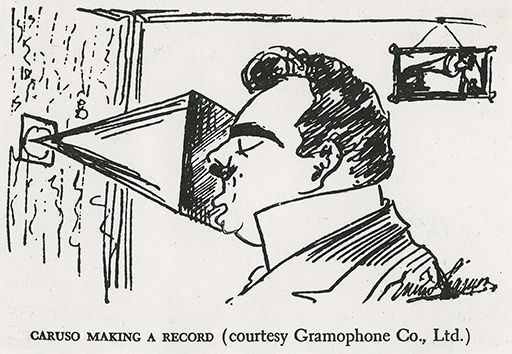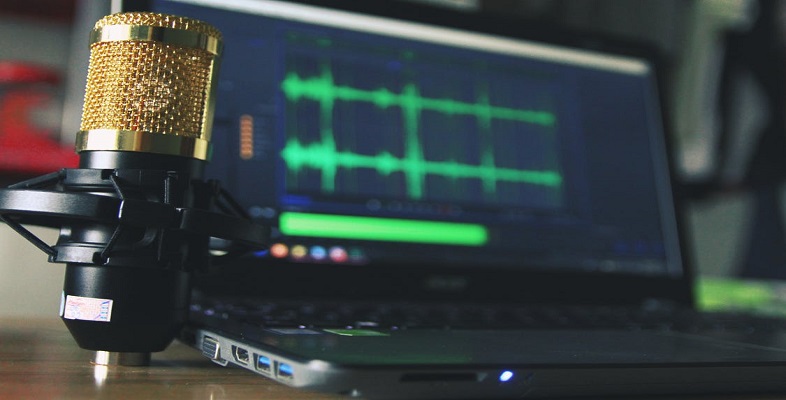2.5 Popularising recordings

The limitations of the recording techniques discussed so far restricted the sounds that could be reproduced. Instruments tended to be limited to brass and piano, and middle-register voices (alto and tenor) were the most suitable. So why did the disc succeed over the cylinder? The answer has little to do with technology and much more to do with the tenor Enrico Caruso.
Activity 4
Listen to this track. It is a recording of Enrico Caruso (1873–1921) singing ‘Questa o quella’ from the opera Rigoletto by Verdi (1813–1901). This was the second of ten recordings made by the recording engineer and important early recording producer Fred Gaisberg in March 1902. What extraneous sounds can you hear in this recording?
Discussion
In addition to the music you may notice that Caruso clears his throat at the end of the first verse (around 1:03 in the recording), which underlines a fundamental difference between early recordings and their later counterparts – no editing facilities were available. This recording has been restored by Ward Marston (we will return to the issue of recording restoration in a later section).
